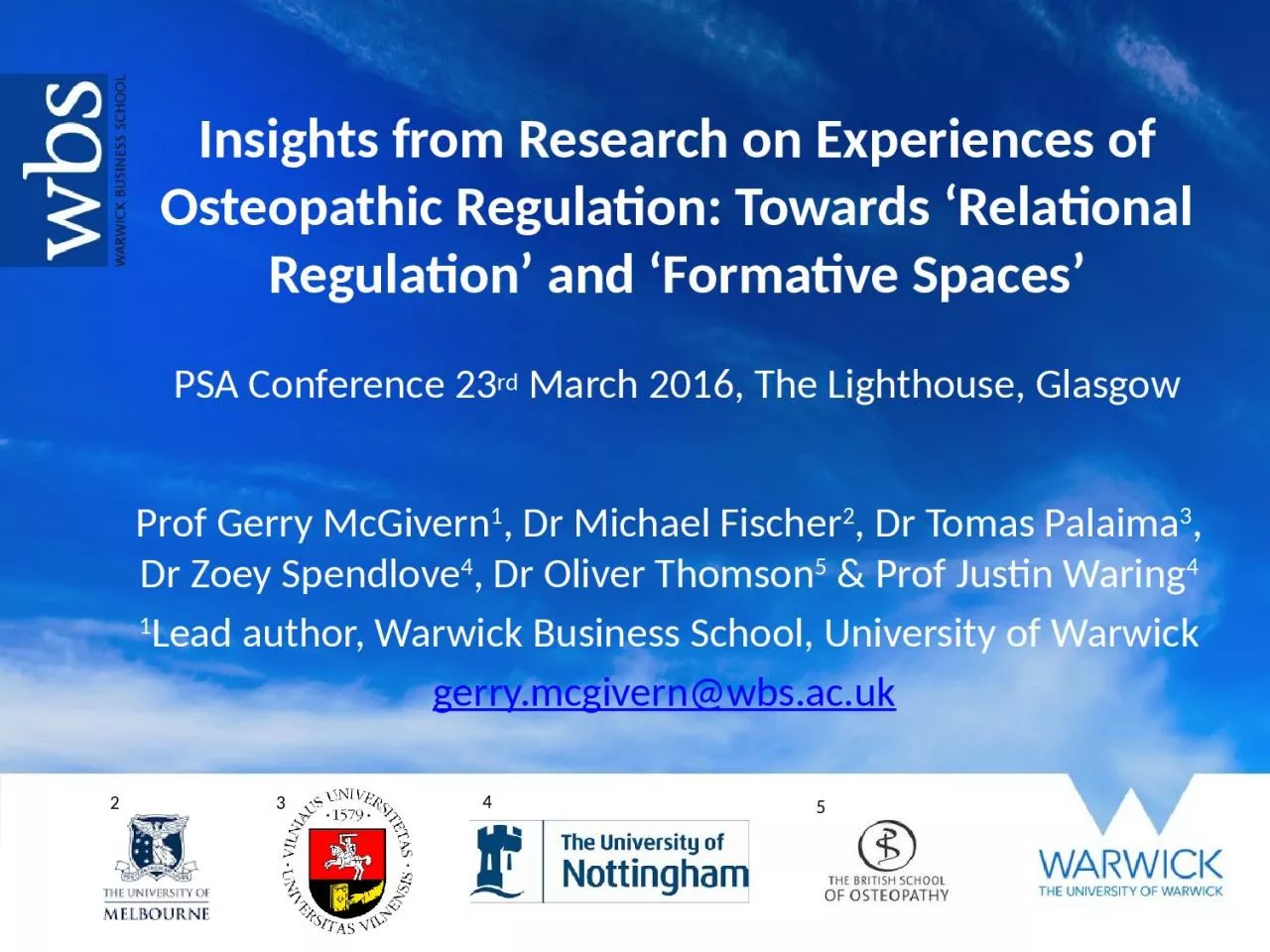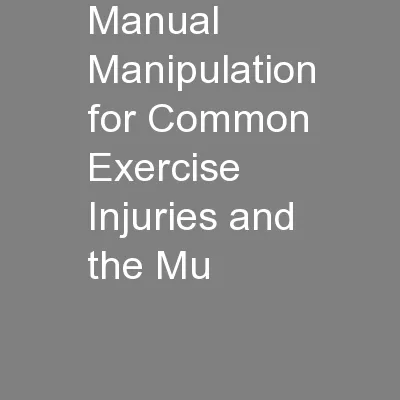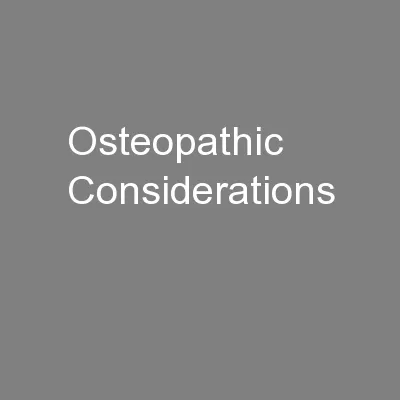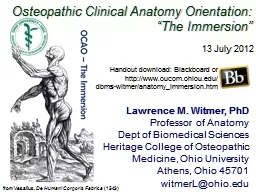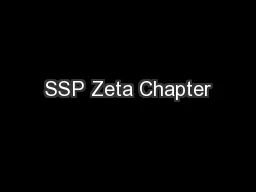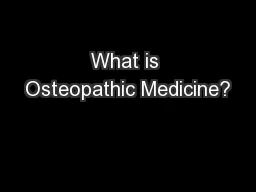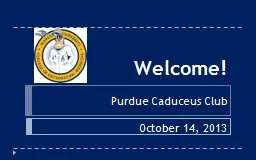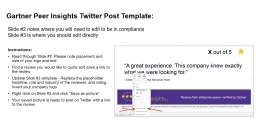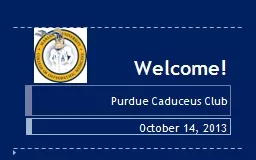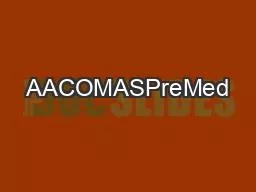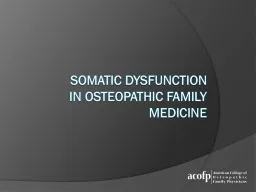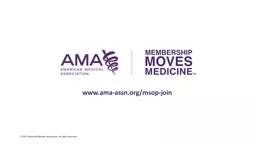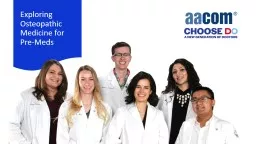PPT-Insights from Research on Experiences of Osteopathic
Author : freya | Published Date : 2023-07-22
Regulation Towards Relational Regulation and Formative Spaces PSA Conference 23 rd March 2016 The Lighthouse Glasgow Prof Gerry McGivern 1 Dr Michael Fischer 2
Presentation Embed Code
Download Presentation
Download Presentation The PPT/PDF document "Insights from Research on Experiences o..." is the property of its rightful owner. Permission is granted to download and print the materials on this website for personal, non-commercial use only, and to display it on your personal computer provided you do not modify the materials and that you retain all copyright notices contained in the materials. By downloading content from our website, you accept the terms of this agreement.
Insights from Research on Experiences of Osteopathic: Transcript
Download Rules Of Document
"Insights from Research on Experiences of Osteopathic"The content belongs to its owner. You may download and print it for personal use, without modification, and keep all copyright notices. By downloading, you agree to these terms.
Related Documents

